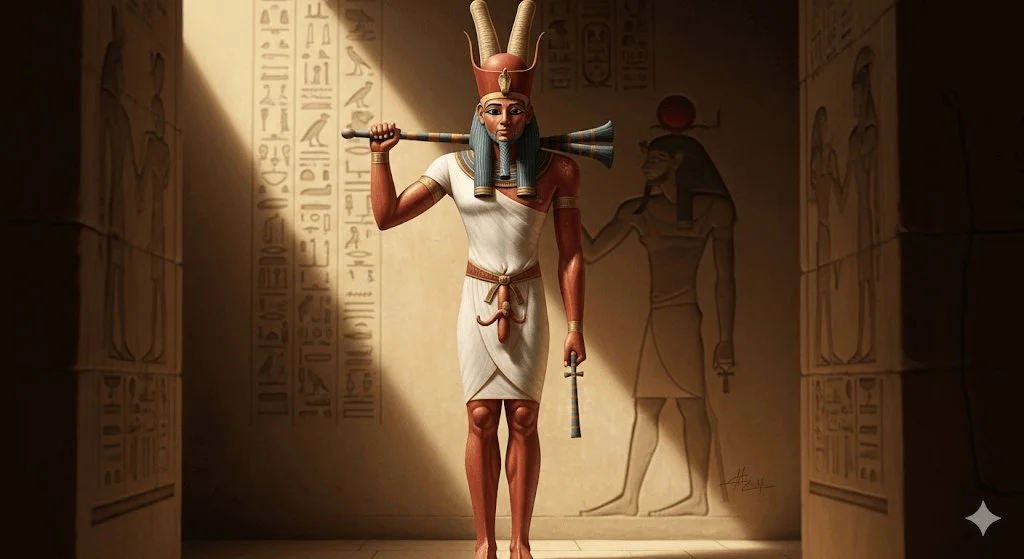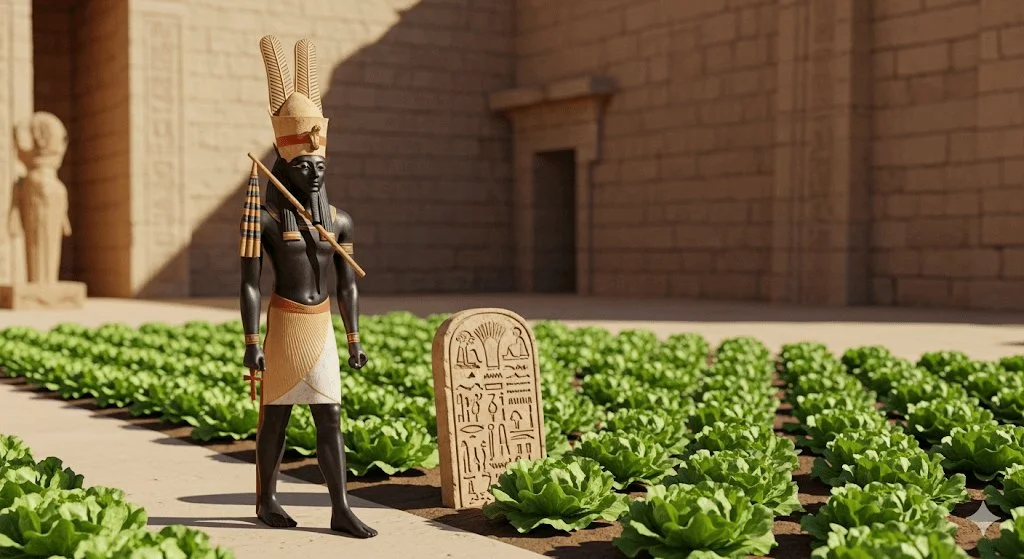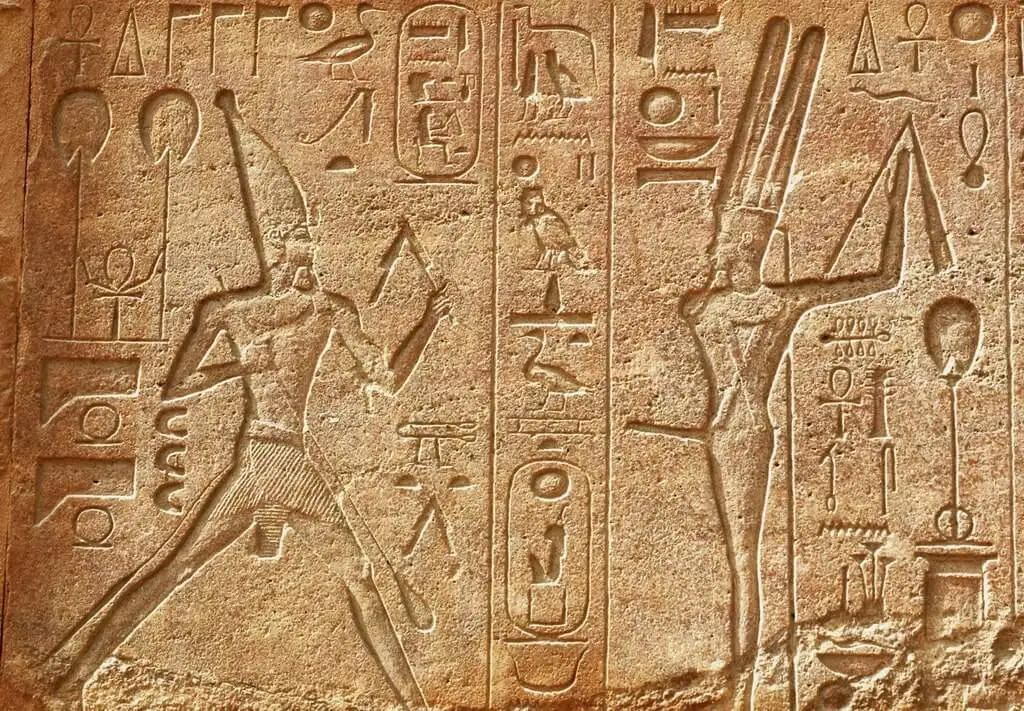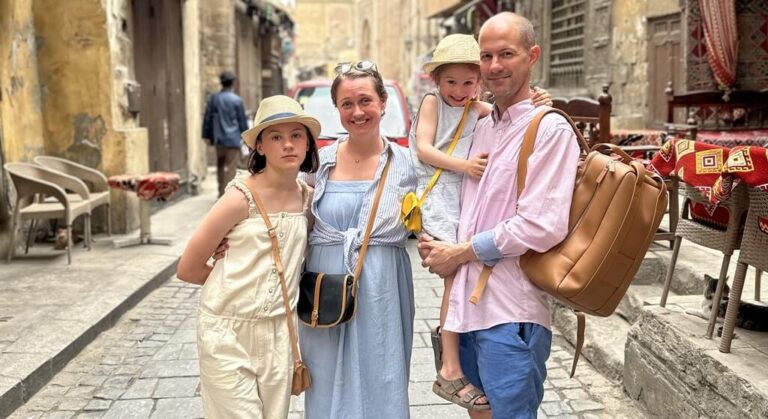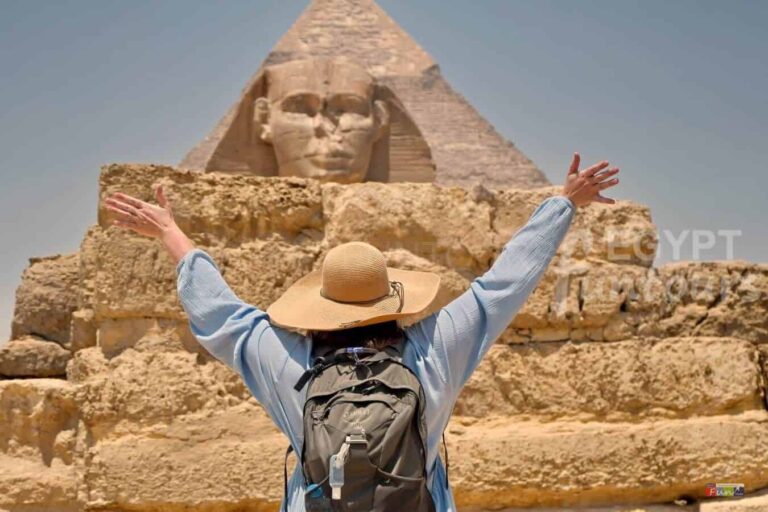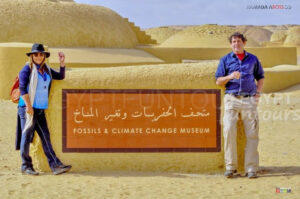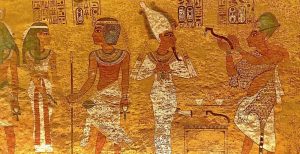Welcome to the Realm of Min: The Ancient God of Potency
Min is one of the oldest and most distinctive deities in the Egyptian pantheon. He is the powerful god of male fertility, sexual potency, harvest, and kingship. Indeed, his worship dates back to predynastic times, making him a truly foundational figure.
You recognize him immediately. He is uniquely depicted in an ithyphallic (erect phallus) form. Furthermore, he often holds a flail and wears a distinctive feathered crown. This bold imagery directly expresses his function: raw, regenerative power.
The survival of the Egyptian kingdom depended upon two things: the annual flood and successful procreation. Therefore, Min was absolutely vital. He guaranteed the germination of seeds in the fields and the birth of heirs on the throne.
Moreover, Min was the patron of the desert trade routes. These routes led to the essential quarries and mines of the Eastern Desert. His protection was necessary for economic success. His worship was central to the continuation of the kingdom, famously celebrated in the Festival of Min. This ritual guaranteed both the pharaoh’s strength and the land’s fruitfulness. This comprehensive guide will explore the profound and essential power of God Min.

